Baby Reindeer train wreck a morality tale for the times
Baby Reindeer isn’t just a grisly Netflix show. It’s a mirror of our own failings. When we’re told what to think by some higher authority, we nod our docile head or don’t care if they’re lying.
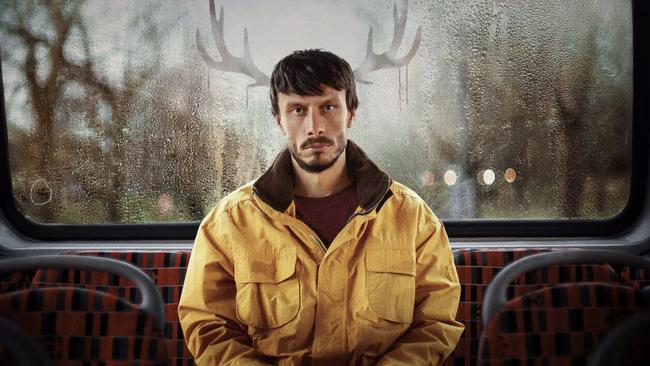
Baby Reindeer befits our zeitgeist. We don’t know what the truth is any more, and we don’t care either. Our insatiable hunger for spectacle, wherever it unfolds, means a storyteller can count on plaudits no matter how suspect the story. If people are damaged during the project, it’s a case of “meh”.
Baby Reindeer, written and produced by unknown comedian Richard Gadd, unfolds in a London pub called the Hawley Arms. Gadd, aka Donny in the Netflix series, is an emotional mess. He claims he was serially raped by an older comedy executive. He dates a trans woman and mucks up that relationship. Pulling pints to make ends meet, Donny offers Martha, a lonely and disturbed older woman, a cup of tea. There’s banter and laughter, then 100 letters and 41,000 emails. In short, Gadd says Martha became violently obsessed with him, stalking him, his friends and his family.
Released a month ago, the series has notched up 60 million views already, making it one of Netflix’s biggest hits right now. At the time of writing, Piers Morgan’s interview just over a week ago with the real Martha, Fiona Harvey – who has denied stalking the comedian – has attracted 11.5 million views.
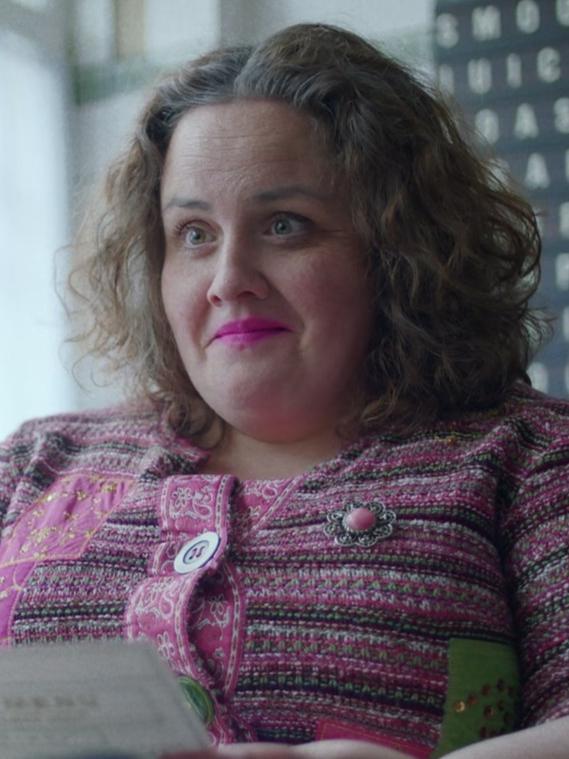
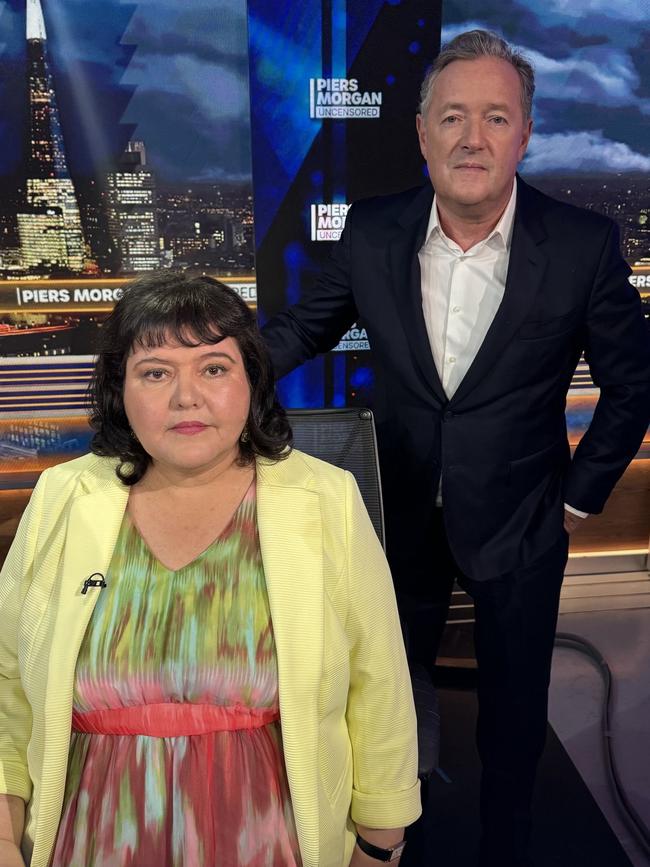
A minute into this series, it becomes clear those responsible for this Netflix sensation put their moral compass in the bottom drawer. Viewers are told at the start of the first episode, “This is a true story.” Not based on a true story. Or inspired by actual events.
Later in the same episode, Gadd says “there are two sides to every story”. Except Gadd tells viewers his story is true, then he makes serious allegations of criminal conduct against people who were not told about the show.
When the show hit the top spot, the comedian asked internet sleuths not to look for the people he accuses of rape and stalking. Gadd says he would have written a documentary if he had wanted people to know who the perpetrators were.
So why didn’t the comedian try harder to hide the real identity of Martha?
His Netflix stalker is remarkably similar to the real-life Harvey. They are both lawyers, both Scottish, their physical appearances match too. Gadd used real text messages that Harvey allegedly sent him. It didn’t take long for online sleuths to track down the real Martha.
Netflix’s reaction has been equally gormless. Last week, Netflix policy chief Benjamin King said: “We didn’t want to anonymise (the whole thing) or make it generic to the point where it was no longer (Gadd’s) story … I personally wouldn’t be comfortable with a world in which we decided it was better that Richard was silenced and not allowed to tell the story.”
As the British say, bollocks. No one is talking about silencing the comedian. Gadd and Netflix could have told his story – and tried harder to hide the real identity of Martha.
Their cruelty and recklessness went further. In the first episode, Donny – aka Gadd – describes Martha as “ill, misunderstood”. By the second episode, Donny says Martha is insane. Throughout the series, Martha is portrayed by Gadd as a mentally ill woman who can’t help her behaviour.
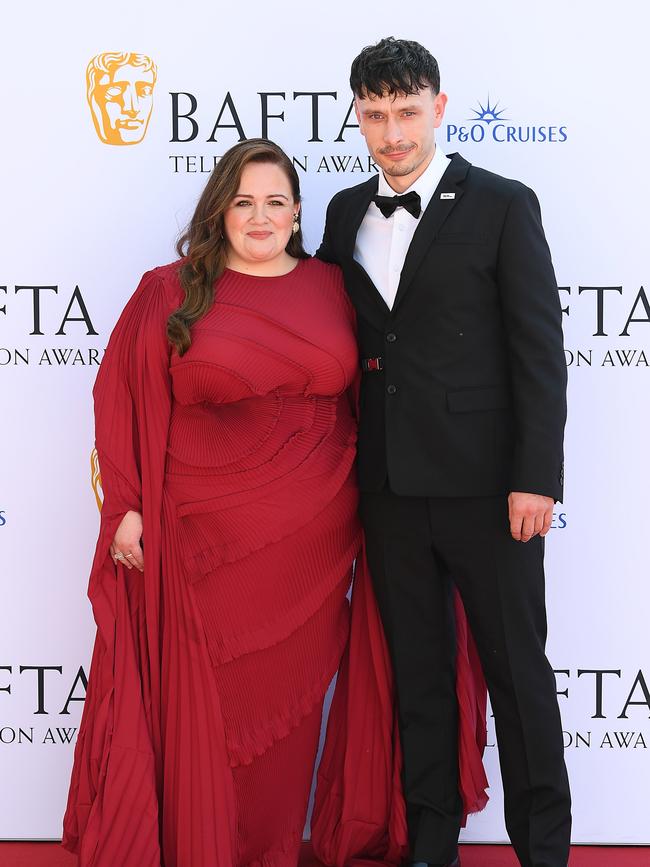
If this is a true story, it exploits a mentally ill woman for commercial gain and fame. If it isn’t true, it’s a dreadful defamation of Harvey, whether she is mentally unwell or not.
Neither Gadd nor Netflix approached Harvey about the series. And now they are revelling in the scandalous controversy with the series already expected to sweep the Emmy Awards.
Gadd is not shy about telling the world about his own mental health problems, his drug-taking, dangerous sexual exploits, insecurities and craving for personal drama. The series seems to be a seven-part therapy session for Gadd. That’s his prerogative. The poverty-stricken comedian has probably made millions of dollars. He is the latest Netflix celebrity. Still, given the damage done to others, it would have been better if he’d seen a shrink instead.
Morgan’s interview was another chapter in this sad and salacious story. Harvey told Morgan that Gadd is a fantasist. She denied the more serious allegations.
Now Morgan is telling everyone what he thinks. He reckons she lied during the interview about some things. And Harvey feels aggrieved by Morgan’s treatment of her.
The crazy high-viewing numbers for Morgan’s YouTube interview with Harvey confirm the crux of this story. Travelling seamlessly across platforms for every latest instalment of this human train wreck, we crave the spectacle, not the truth.
Our hunger to peep into other people’s lives translates into the content-creation rush by streaming services to make more and more “true story” drama. Checking the facts – streaming services call it compliance – appears to have gone out the window.
One pundit said Baby Reindeer was “patient zero” of Netflix compliance. “If you were making a show now for any of the streamers or for anybody that is about a real person, then this week your compliance probably just got tightened by 8000 per cent.”
If only.
Baby Reindeer is not patient zero. We are. Our complicity explains Netflix’s lax compliance. The show has been lauded as a clever and nuanced story eliciting sympathy for the mentally disturbed Martha.
It’s not that nuanced. It reveals our safe preference for stock standard gender settings where a female villain is mad. If Donny’s stalker were male he would be bad.
Our own faulty moral compass explains why millions of people have watched a show that exploits a real-life woman described by the show’s creator as mentally ill. We are prurient voyeurs, not truth seekers. Wouldn’t it be better if these self-described creative artists used their imaginations some more? Or is it too old-fashioned to make up a story rather than become the star of your own story?
In any case, would we be satisfied with fiction? Or do we need to maintain this lie that there is something extra special about a “true story”?
Baby Reindeer is clever to the extent that it is a gruesome insight into our own warped relationship with the truth. Forget the madness at the heart of this series. The bigger question is: have we gone mad? We no longer have a clue what’s true or false, we don’t get bothered when we’re told lies. Politicians aren’t punished for lying. Journalists win awards for telling dodgy stories. Companies lie to us routinely and we shrug it off as doing business. We devour memoirs, especially tawdry ones about a whiny prince.
In this “post-truth” era we have no idea who or what to believe. Is that story fake news? Was this image created by AI? Worst of all, we want others to decide for us.
It is seriously nuts to think politicians should be given powers to sort out this mess, that a government-appointed bureaucrat with an “E” in front of their title should determine misinformation or control what is appropriate viewing or reading.
Why aren’t we deeply disturbed that eSafety Commissioner Julie Inman Grant is trying to block Australians, not to mention the world, from seeing online content that shows the stabbing of a bishop? It happened. It’s true. Why shouldn’t we see it? What’s next to be banned? Who died and made this eSafety commissar the all-knowing arbiter of what’s safe for us to see?
We did. This “world first” eSafety bureaucrat has been lauded by both sides of politics, by the Human Rights Commissioner too.
Baby Reindeer isn’t just a grisly Netflix show. It’s a mirror of our own failings. When we’re told what to think by some higher authority, we nod our docile head or don’t care if they’re lying.
Who’s up for a second series, the “true story” about Martha? Like I said, we get the Netflix series we deserve.


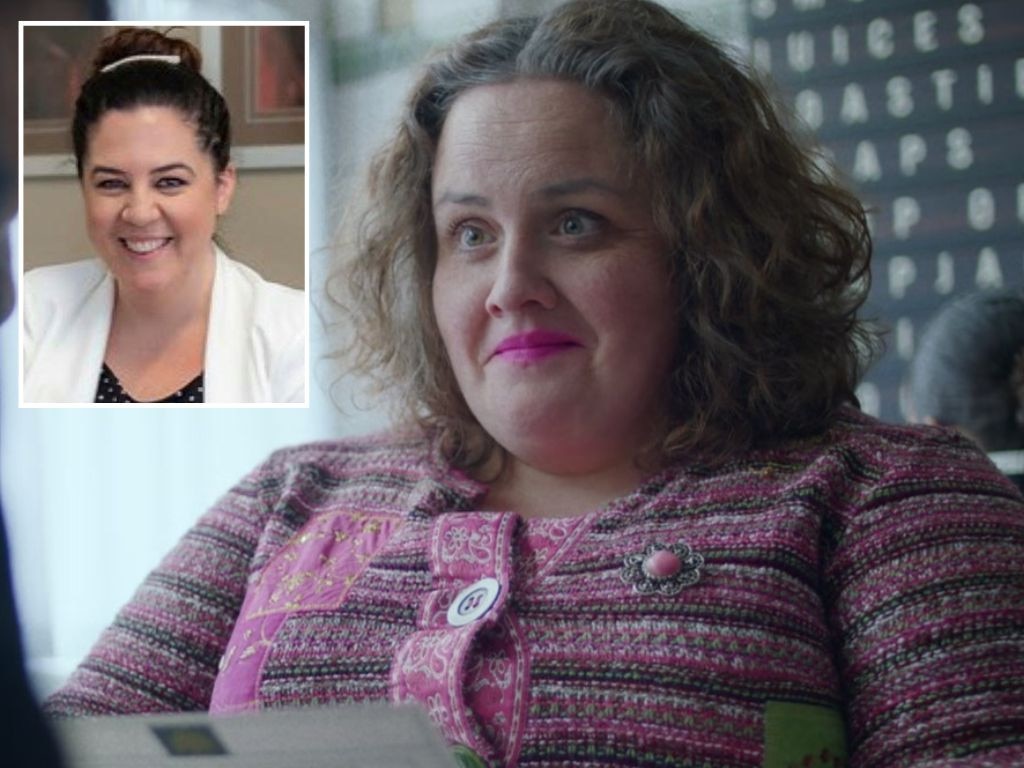
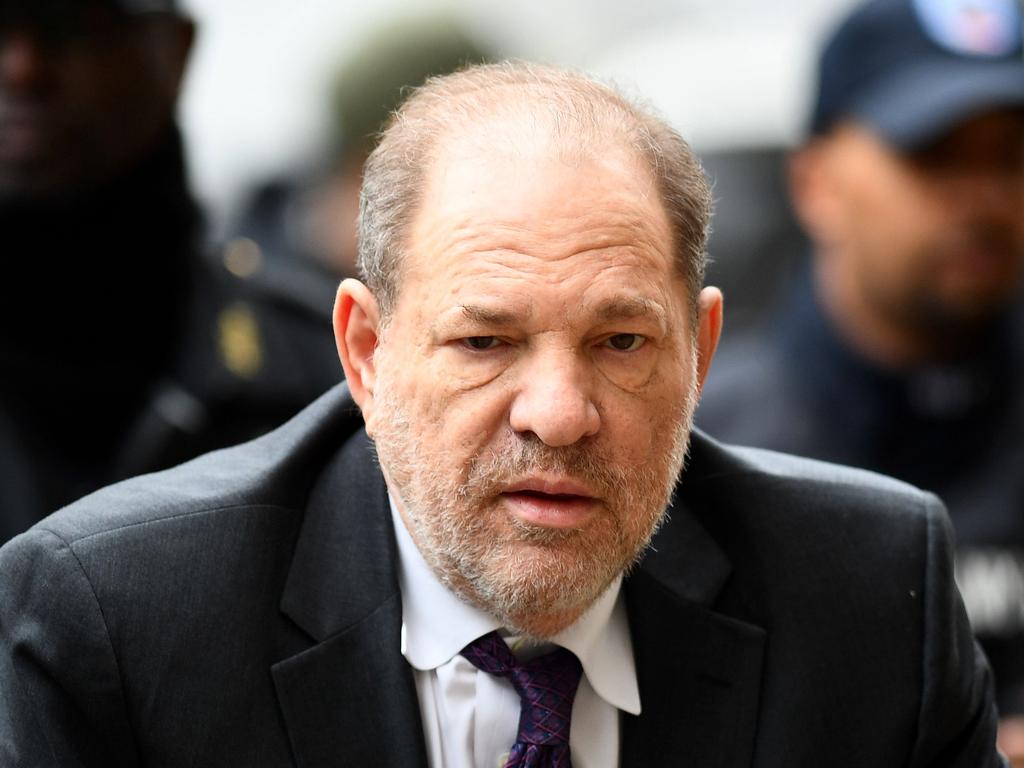
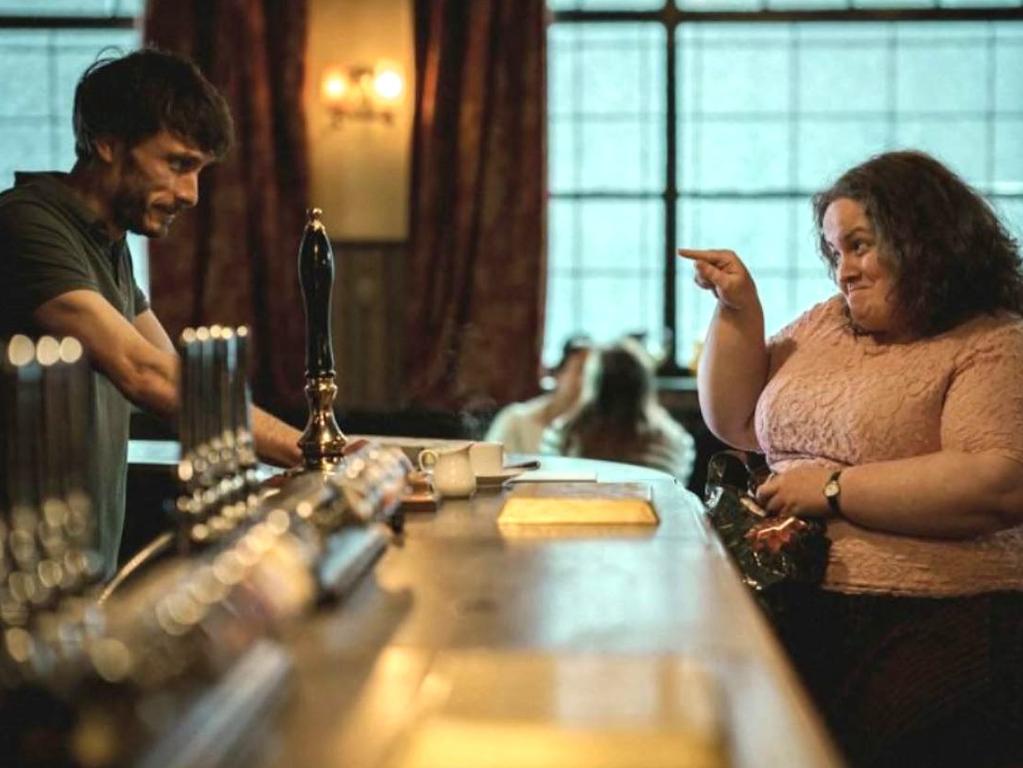
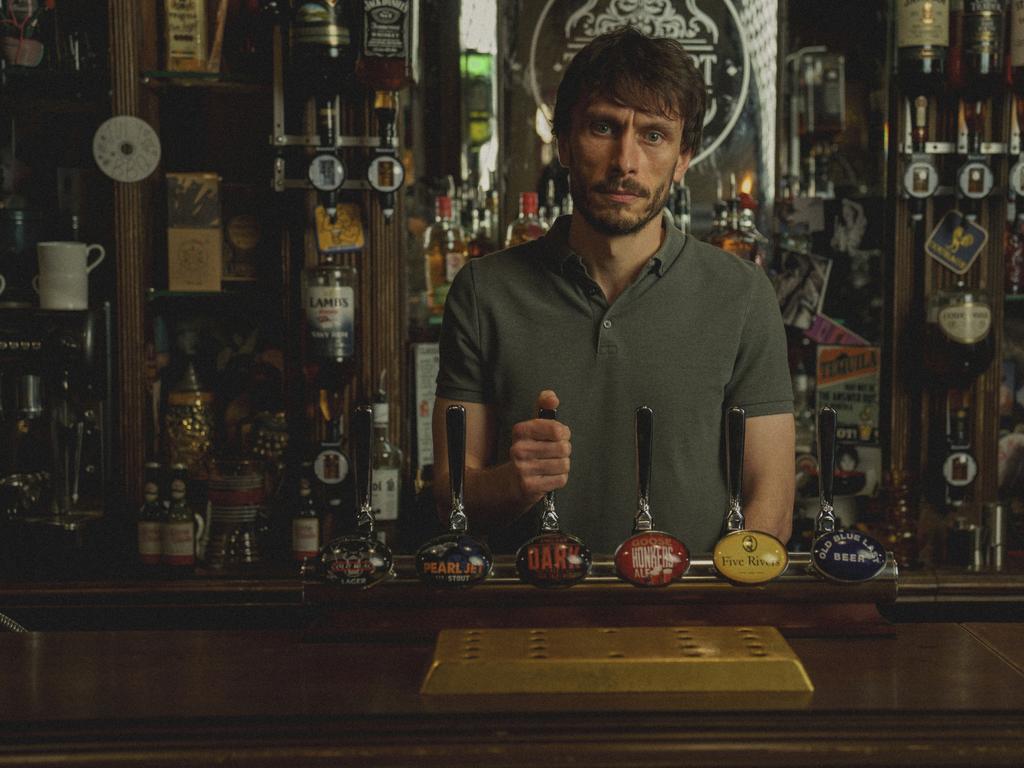
In the free world, we get the governments we deserve, and we get the Netflix series we deserve too.